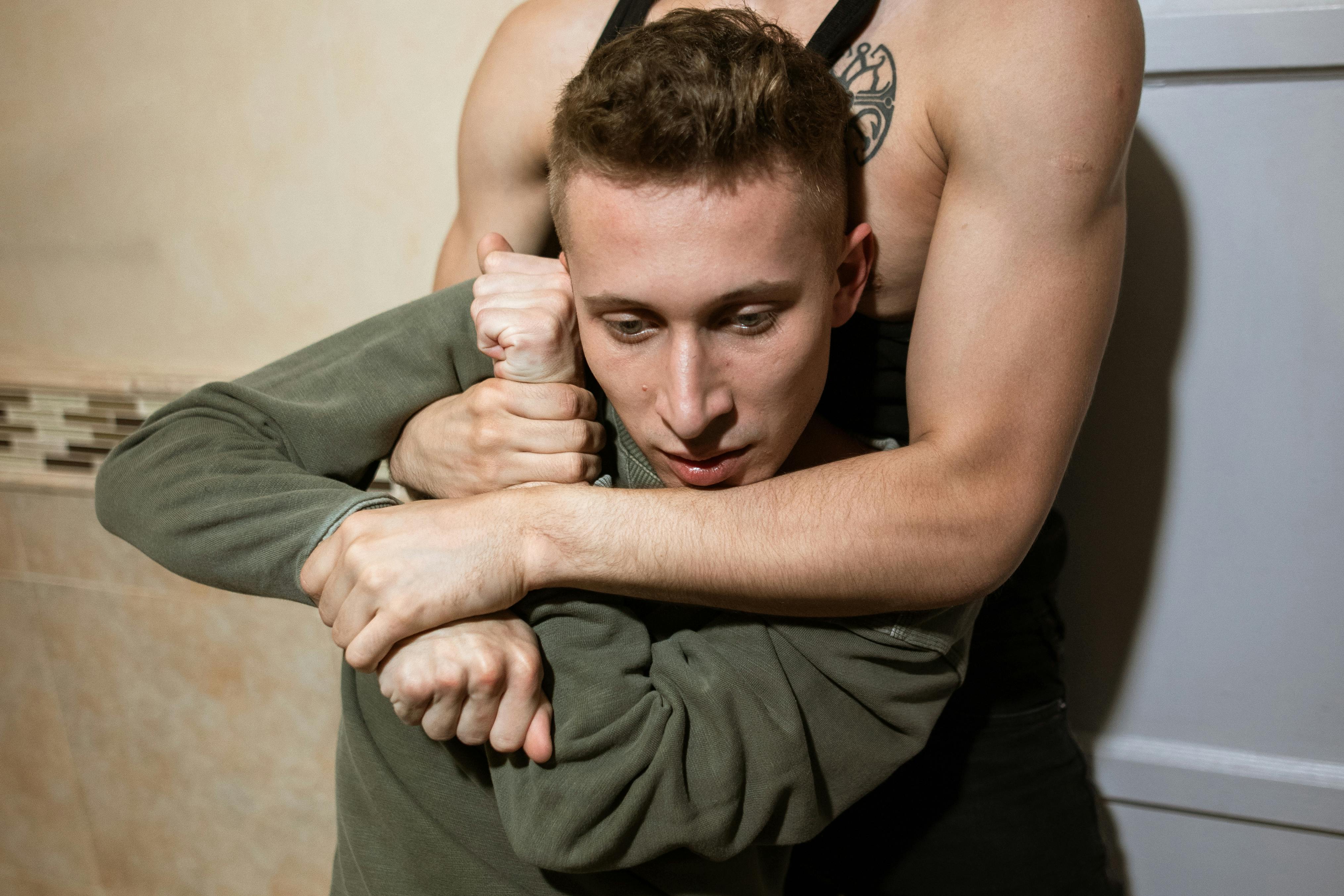As you know, there are different types of animation, and today I’m going to focus on the types of animation that you can do in 2D. Frame-by-frame, rotoscoping, cutout animation, and inverse kinematics manipulated characters.
1. Frame by frame
This is also known as Classic Animation, Traditional Animation, or Flip Animation. What you do here is pretty simple, you draw each frame. Ha! Simple, right? I know. But wait, there is a way to do it. First you have to know your frame rate, which in the following example will be 12 fps (frames per second), and for that we will have to make 12 drawings per second.
How to do it: You can do this by having the correct timing of the movement. First, you need a sample (if you’re animating a jumping character, then you need a video of someone jumping).
Once you have the video, there are many ways to calculate the time and convert it to frames. My favorite is: Stop Motion Works Stopwatch (link at the bottom of this article). In my example, it will be an 8 frame jump.
What you do is: You draw the keyframes of your character’s skeleton and then continue drawing the frames in between. Let’s do an example of a jumping woman (just the action, ie no anticipation or aftermath, to keep this simple and friendly). Draw the starting pose (frame 1), then the character in the air (frame 5), and finally the landing pose (frame 9).
After you have those 3 drawings, draw the middle frames. A drawing between the initial pose (frame 1), the airborne pose (frame 5), and the landing (frame 9). In other words, she draws frames 3 and 7. And finally, she draws the missing frames. Easy enough? After animating the skeleton for all frames, add detail frame by frame, a bit of the body shape, then a more detailed head in each frame, then the right arm in all frames, and so on. You continue until you have a detailed character in each frame.
Advantages: Your limit is your own imagination. The characters can do whatever you want, have any facial expression you want, and any pose you can think of.
Cons: It takes a lot of time. Animating 1 second can take a couple of hours.
2. Rotoscoping
Rotoscoping is another form of frame-by-frame animation. What it does is take a piece of the footage and import it into your favorite 2D animation software. Now all you do is draw the silhouette of each frame. Then you replace those drawings with some details that make up your character. Big noses? Long hair? Fat? Slim?
Advantages: You work a little faster, because you don’t have to draw keyframes and then keyframes in between, you just follow each frame; and the movement is very realistic, because you just follow the footage frame by frame.
Cons: Even though it may be a bit faster than traditional animation, it still takes a lot of time to do it, because you have to draw every frame and also, you start to have limitations: the character will only do what the person in the footage does.
If you need it to do something other than what you have in the footage, you’ll have to switch to traditional animation, drawing the keyframes first and then the in-between ones.
3. Cut Out Animation
This type of animation requires preparation. You take each angle of your character (front, sides, and back) and “cut” the character into its parts (hence the name Cut Out Animation). For example, if you were to animate the front side, you would have the head on one layer, the arms, right, and hands for each side on a different layer, and so on. This takes time to set up, but the nice thing is that you don’t have to draw every frame, you just set up once and then animate the character like a puppet.
Advantages: It’s much faster to animate, because you don’t have to draw each frame, you just draw your character and each facial expression once, and after the “puppet” is ready, you can start animating.
Cons: It can take some time to get ready and the character is limited by the platform. That means you can’t put her in any position you can imagine, only ones you can achieve with the platform. Another downside is that it’s not the fastest way to animate, because if you want to move your hand, then you need to rotate your shoulder, then your arm, then your forearm until you get your hand where you need it to be.
4. Rigged characters (using reverse kinematics)
This type of animation is the fastest to achieve. Software like Toon Boom or Animation Studio have many tools that help you manipulate a character with inverse kinematics and automate facial expressions.
Inverse kinematics is the opposite of forward kinematics (used in Cut Out animation). In the Cut Out animation, if you need your hand to be in one position, you need to rotate your shoulder, then your forearm, and so on. Inverse kinematics lets you click the hand and move it to the position you want, and shoulder, arm, and forearm positions and rotations are automatically calculated using mathematical formulas.
Advantages: You cheer at top speed. With just a few clicks and drags.
Cons: It takes longer to prepare than cutout animation, but it exponentially reduces work time. Another disadvantage is that you have limits, you can only do what the Rig allows you to do. You cannot move the character to any position you can imagine, but only to those allowed by the platform.
Conclusion:
You can’t have it all. Either you have unlimited movement, but a large investment of time, or you have limited movement with little investment of time. These are the options you have. And for the record, Disney movies use frame-by-frame, but the shows you watch on TV, because they’re scripted, use a combination of Character Rigging and Frame-by-frame, depending on what shot they’re working on.
My advice is to learn how to do frame by frame animations and rigged characters, you need both. But if timing is a big deal, you should definitely master Rigged Character Animation. You can find courses online.
Here is the link for the Stop Motion Works stopwatch



